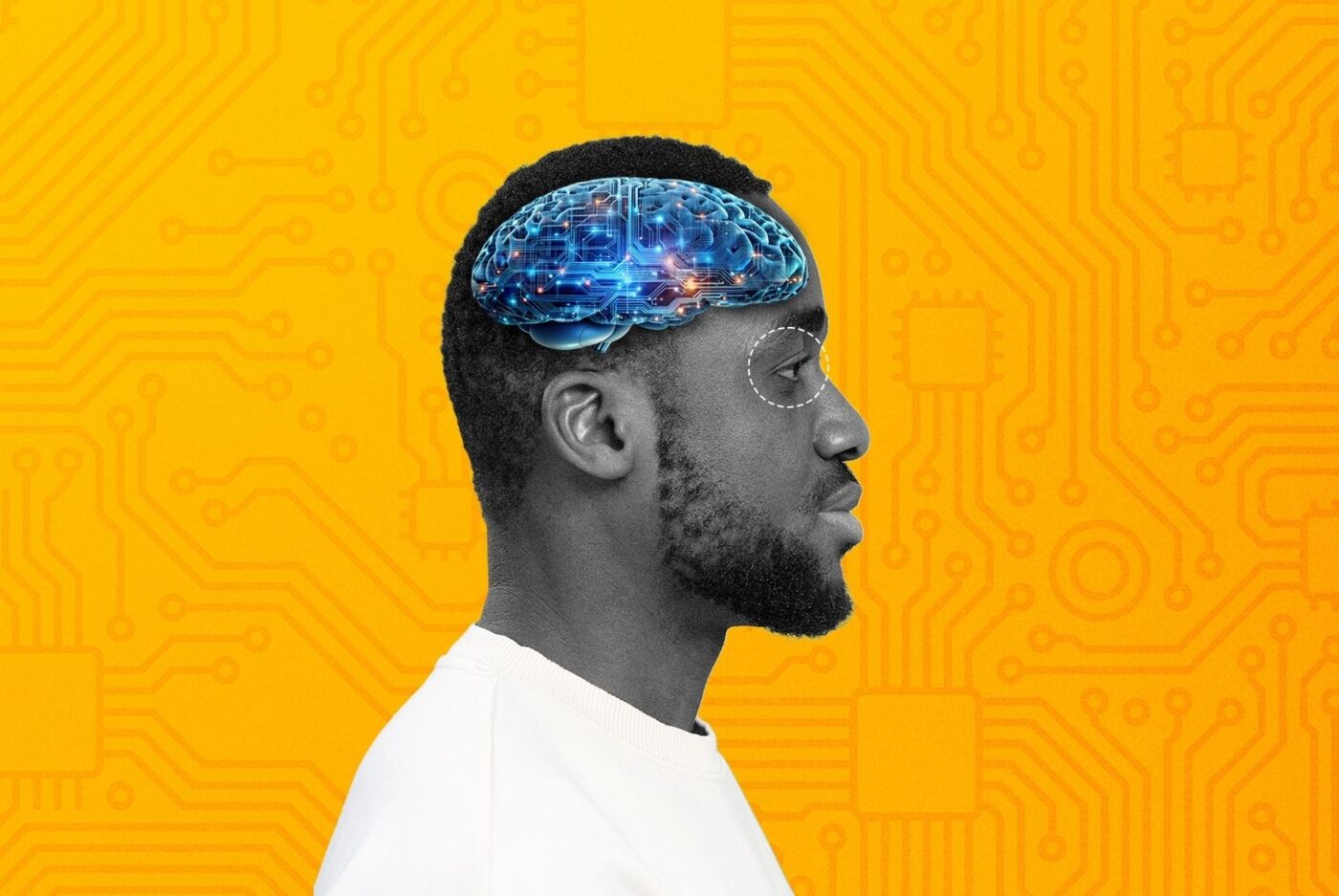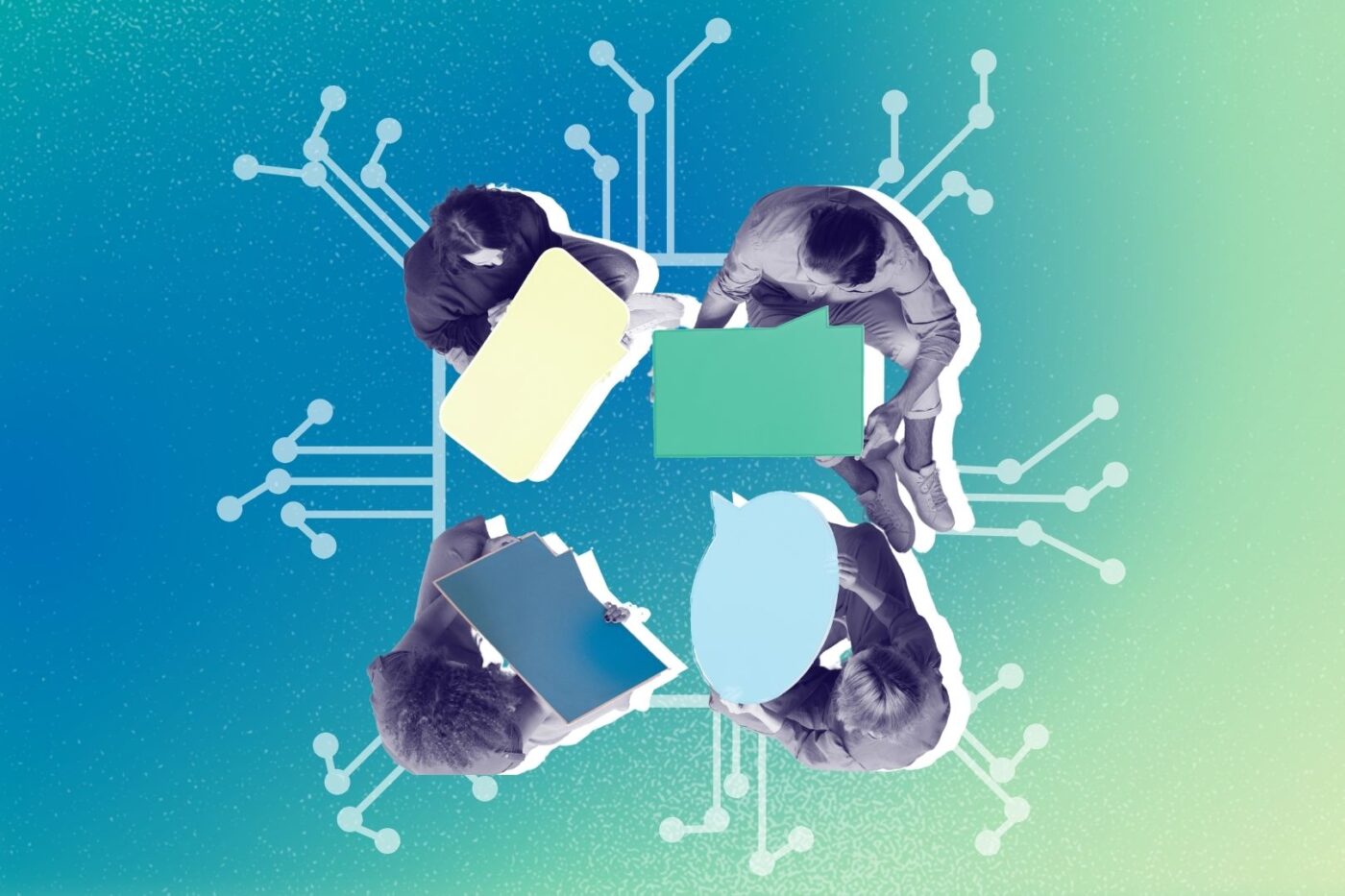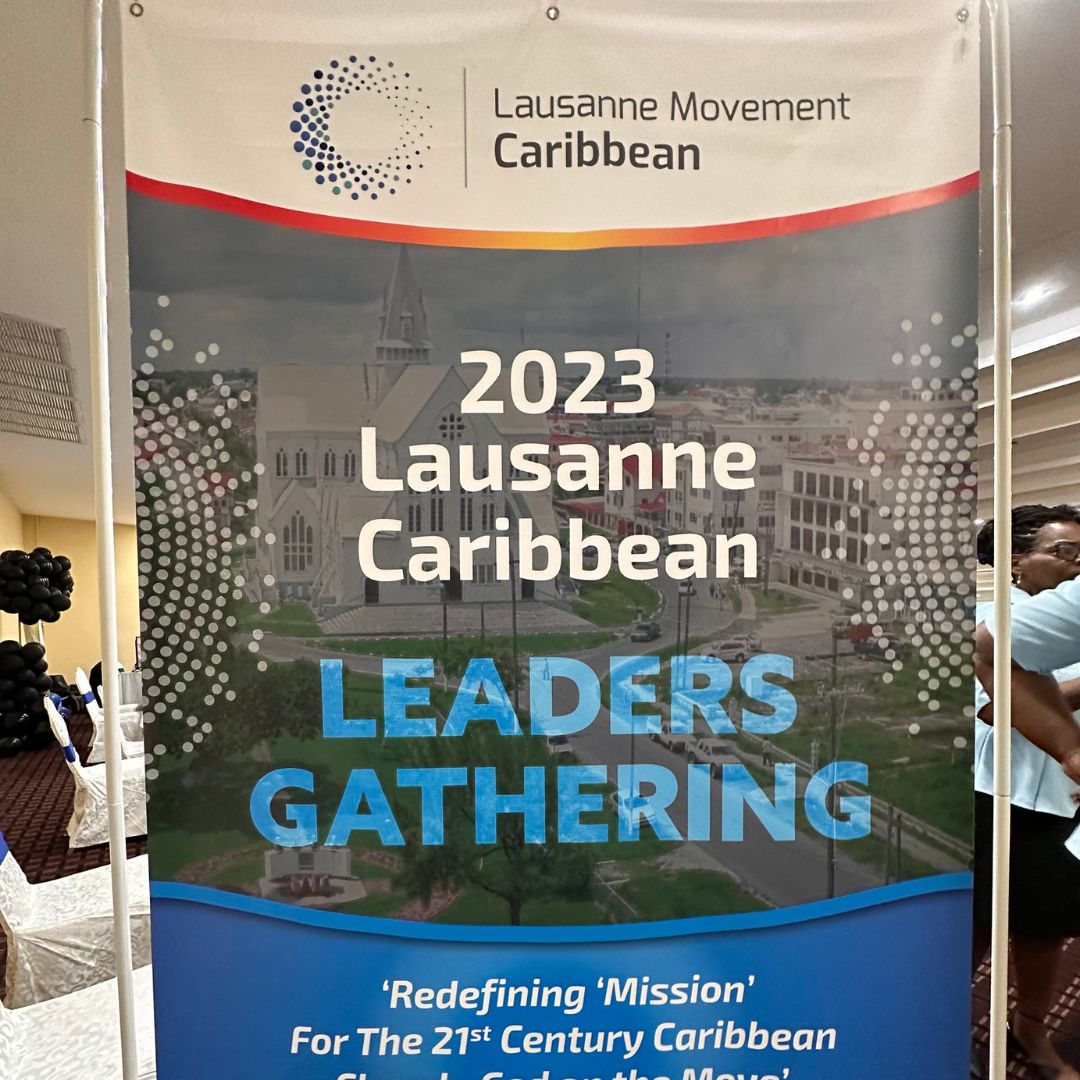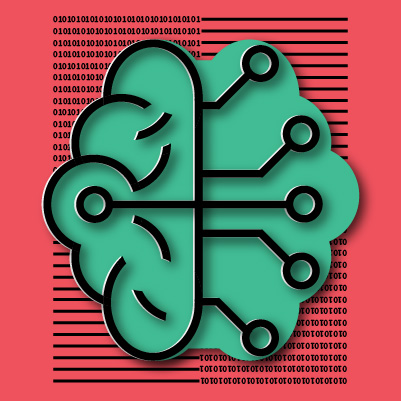Decentralization and Web3
The Great Commission1 is a calling that no single person can fulfil.2 Thankfully, over the centuries, the advent of new technologies like the printing press, airplanes, and the internet have all played pivotal roles in facilitating global missions. Web3 technologies are now part of this story.
This report will explore the current and potential future state of Web3 technology and its implications. It aims to provide an understanding of the current state and potential future developments of this technology along with the impact of the decentralization that accompanies it as we seek to equip the reader to embrace and navigate the transformative landscape of Web3 technologies to advance the gospel.

Understanding Web3
Known as the third generation of the web, Web3 describes the evolution of the internet.3 While its exact parameters are debated, here are some examples of what we know Web3 can do:
- Allow users to own their data and control how it is used
- Make it easier for people to connect and build communities
- Create new ways to publish and distribute content
- Make it easier for people to launch and run global initiatives
- Provide more secure and transparent economic transactions.
To quote Paul Vigna and Michael J. Casey in The Age of Cryptocurrency, ‘Web3 represents a new frontier of possibilities, where individuals have more control over their data, identity, and online interactions.’4 To understand this better, let’s first look at its predecessors.
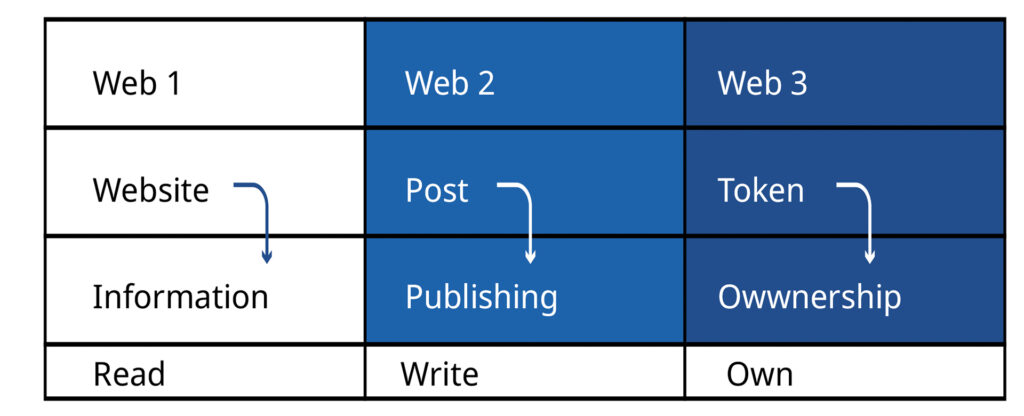
Web1 is the early version of the internet that emerged in the 1990s. It primarily consisted of static websites where users could consume information with little opportunity for interaction.
Web2 is the internet we are most familiar with today. It brought significant advancements, introducing interactive websites, social media platforms, online marketplaces, and various web applications. Web2 empowered users not only to consume content but also to create and share it.
Web3 represents a paradigm shift in how we perceive and engage with the internet. If we imagine that the internet is an extensive library, in the current web (Web2), a few big companies own and control the library. These companies decide what books are in the library, who can read them, and how much they cost. In Web3, the library is owned and controlled by its users. This means everyone has equal access to the library, and no one can censor or control what you read.
Daniel Drescher explains that with Web3, ‘Individuals can be owners of their data, creators of their digital identities, and participants in decentralized economies, leading to greater autonomy and self-determination.’6
Web3, Crypto . . . Scam?
When the word Web3 is brought up during a conversation, it is fair to assume that the word ‘cryptocurrency’ will be thrown into the mix.7 Multiple headline-worthy downfalls have caused the loss of investor monies to the tune of billions of US dollars. Although this report will not focus on the impact of cryptocurrencies, we will discuss how Web3 came to being—Bitcoin.
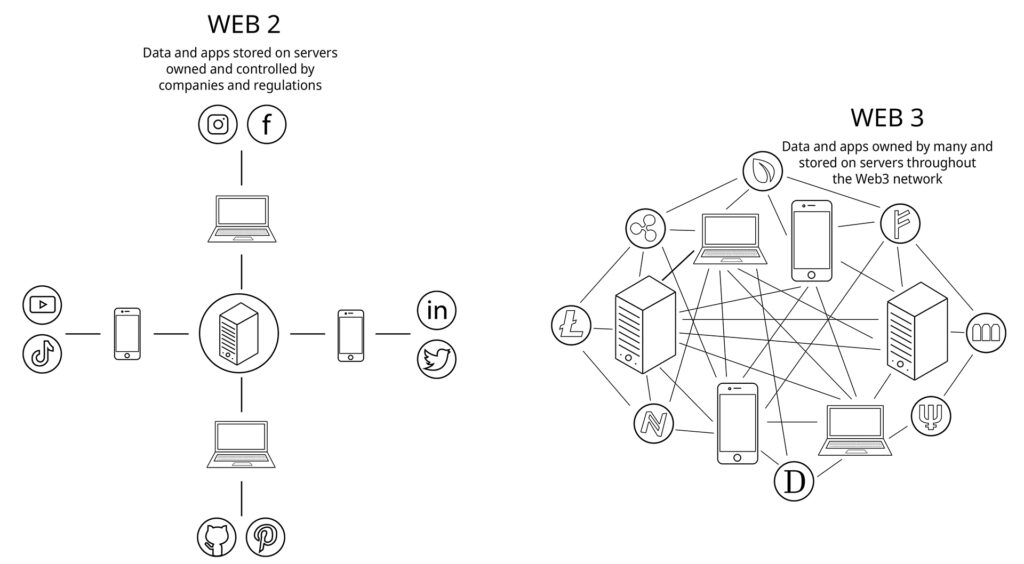
Figure 2: Web3 enables a more diverse ownership structure8
Known as the most globally recognized cryptocurrency, Bitcoin was introduced in the aftermath of the 2008 global financial crisis—directly born from the desire to form a financial system that could operate independently from the modern banking system.9 The success of Bitcoin demonstrated how a financial concept, when developed collectively with focused intention, could become an asset recognized globally, even by traditional financial institutions.
Today, Bitcoin is officially recognized across many jurisdictions in different shapes and forms —by some countries as an approved commodity and by other countries as legal tender—spurring the creation of multiple other cryptocurrencies hoping to have a similar impact. While we won’t cover the other cryptocurrencies in this report, at the most fundamental level, each one is similar in that they could not function without financial decentralization.
Decentralization Defined
Decentralization is a complex and multifaceted concept; no single definition is universally accepted. However, it is commonly described as the distribution of power or authority away from a central location or organization.
By this definition, decentralization posits the idea that decisions should be made at the lowest level possible, closest to those affected by these decisions. It can also be seen as a vehicle for promoting participation and democracy, giving people more say in how they are governed.
Decentralization can be challenging, as ensuring everyone has an equitable voice and stake in their own governance can be difficult to manage. However, we believe applying principles of decentralization is well worth the effort, as implementing it well has the potential to build stronger and more just churches, communities, and societies.
Critics of decentralization have viewed it as overly fragile compared to centralization’s robust efficiency and clarity in decision-making, especially when centralized systems benefit from streamlined processes. However, centralization can also come at the cost of limiting self-determination, privacy, and personal freedom.

Decentralization and Web3
The concept of decentralization lies at the heart of Web3 technologies, heralding a new era where control and authority are distributed among ecosystem participants. It offers a new paradigm. These tools enable the creation of a decentralized digital infrastructure supporting robust economies. This decentralized approach fosters innovation, inclusivity, and transparency, aligning with the mission to spread the gospel while preserving individual freedoms and choices. As William Mougayar puts it, ‘Decentralization in Web3 offers the promise of reducing reliance on centralized gatekeepers, enabling more democratic decision-making, and fostering innovation at the edges of the network.’10
Familiar Web3 buzzwords are a combination of concepts including the metaverse, blockchain, cryptocurrencies, decentralized applications (DApps), smart contracts, decentralized finance (DeFi), non-fungible tokens (NFTs), artificial intelligence (AI), internet of things (IoT), augmented reality (AR), and virtual reality (VR). This is not an exhaustive list, and we won’t go into details on each term.
However, as a whole, most of these technologies are only just emerging into public view and still experience limited mainstream adoption beyond their theoretical use cases. Some reasons for this limited adoption include conceptual complexity, high development cost, lack of user-friendliness, security concerns, lagging regulations, and limited integration into existing systems.
The question then is, why are we discussing this topic when it lacks mainstream adoption? The reality is that significant thought leadership institutions like the World Economic Forum,11 United Nations,12 and McKinsey Global Institute13 have already begun to document the economic and geopolitical imperative of diving in deep to understand these burgeoning technologies and how to take advantage as they start to grow in market share.
As with any ecosystem development, greater adoption is needed to grow the services and benefits offered by Web3. While steps are being taken to enable higher adoption rates from a technology standpoint, greater awareness, knowledge, and government regulation are needed to encourage participation.
This chart shows Web3 adoption through unique active wallets on Web3 applications as reported addresses. The number of wallets indicates the number of users in Web3.

Figure 3: Web3 Adoption14
As you read this paper, Christians worldwide have already started recognizing how to take advantage of these Web3-enabled benefits. Let us now turn to consider a few case studies.
Decentralization, Web3, and the Great Commission
Case Study: Giving in cryptocurrency yields greater efficiency and transparency
Resourcing the work of the Great Commission is crucial, and having the ability to give in cryptocurrency (crypto)15 adds to the many benefits of decentralization and Web3. Crypto can offer greater efficiency and transparency because it provides:
- Lower fees: The fees associated with crypto donations are typically much lower than those of traditional fiat currency donations. This lower cost is partly thanks to crypto transactions not requiring third-party intermediaries to process transfers.
- Near-instantaneous transfers: Crypto donations can be transferred in moments worldwide, saving both givers and recipients time and money. This contrasts with traditional donations, which can take time to process due to the traditional financial system’s layers of intermediaries.
- Enhanced transparency: All crypto transactions are recorded on a public blockchain, which makes them transparent and auditable. This helps ensure that donations are being used for their intended purpose.
If an organization or individual accepts crypto donations, donations can be processed directly through an individual, custodial, or smart-contract wallet. Alternatively, donations can be made through specialized donation platforms.16 Other potential benefits of giving in crypto include:
- Reaching a new audience: Crypto donations can help to reach a new audience of donors, such as people who are more familiar with the ownership of digital assets.
- Diversifying funding sources: Alongside receiving transfers in a national currency, crypto adds to the diversity of funding sources.
- Leveraging the power of blockchain: The underlying blockchain technology of cryptocurrency can create new ways to track and manage charitable donations.
One point to note is that cryptocurrency tends to fluctuate in value depending on market conditions. Hence, the recipient will need to be prepared to receive this liquid asset at a value that may change if they keep it in its current form. Thankfully, the option that most donation platforms provide by default is automatically supporting the direct conversion of cryptocurrency into one’s national currency on receipt to avoid the risk of unforeseen depreciation.
Case Study: Harnessing the power of community for translation
Translating the Bible into a specific language is no easy task. Even with an entire team of experienced translators, editors, theologians, and proof-readers, it can take more than ten years to complete. By leveraging the power of Web3 and AI, however, the body of Christ can bridge language barriers and provide access to the gospel. Web3 innovators are already applying these technologies to crowdsource the creation of translation engines for over 7,000 tribal languages.17 For example, a game in development called ‘War Tribe of Binyamin’ aims to harness a global online community’s power to translate over 7,000 tribal languages. By crowdsourcing translation work via augmented reality, WarTribe aims to be a channel of employment for remote people groups via tokenization of activities similar to a play-to-earn revenue model.
The application of Web3 and AI to address the problem of slow and expensive translation of the Gospel into different languages can engage global audiences and foster deeper connections to one another, while focusing on biblical truths. It can support collaborative efforts for accurate and efficient Bible translation into even the most remote languages by involving diverse communities and native speakers. AI-powered natural language processing (NLP) has great promise as a way to rapidly enhance the process of mapping sacred texts into non-trade languages.
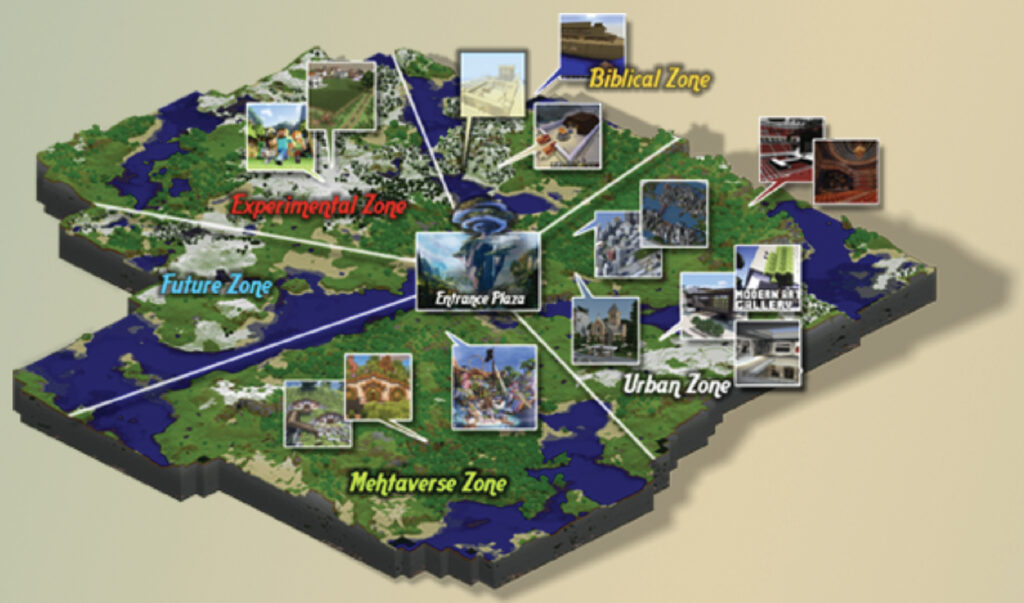
Case Study: Engaging the next generation in discovering their Faith Through Gaming
Due to the accelerated pace of technology adoption through the global pandemic, virtual ecosystems are generating more engagement. This change highlights the need for the church to develop creative content that fosters biblical literacy. Enter the ‘Land of Promise’—a Christian-influenced Minecraft universe created to facilitate interactive exploration of biblical teachings through meticulously crafted virtual landscapes like ancient Jerusalem and the Sea of Galilee. Tailored lessons provided in-game can help guide spiritual growth and aid users in their faith journey.
The current sandbox initiative aims to provide a captivating gameplay experience and enable mentorship and discipleship across geographical boundaries. Trained mentors initiate meaningful faith conversations with online visitors of all ages, discreetly sharing the gospel in the process. This is especially helpful in regions where openly sharing religious messages remains taboo at the very least and more often can potentially compromise one’s physical safety.18
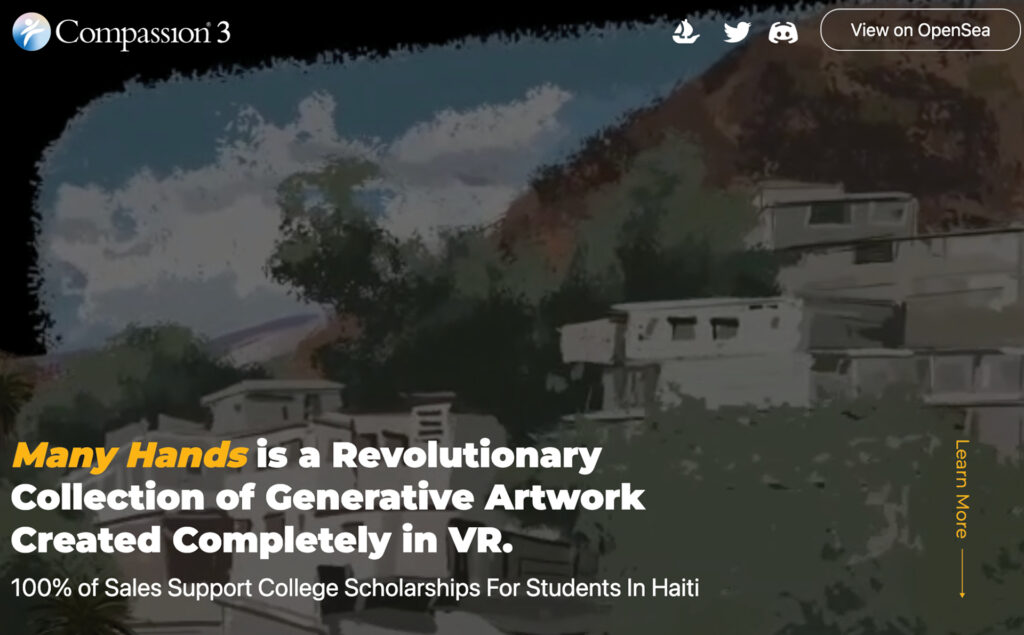
Case Study: Secure and low-cost fundraising through digital collectibles
Compassion International’s successful ManyHands NFT fundraising campaign19 financed university scholarships for high-achieving students in Haiti through the sale of digital assets known as non-fungible tokens (NFTs). You can think of these NFTs as digital art collectibles, each with their unique code verifying ownership to each buyer.
The sale of this special collection provided the funds to buy each student a laptop and granted their cohort access to ongoing leadership development and support throughout the next few years of their education.

If we extrapolate this use-case further, the ownership of a digital asset like this digital art piece can act as a virtual ‘key’ that can be used to grant an individual private access to a community of like-minded donors as well as the ministers and missionaries serving in particular organizations and networks. The benefit of being a part of this network goes far beyond the current status quo of receiving a monthly support letter by email.
By being connected to an inner circle of givers, donors will be able to receive further updates in real-time from the missionaries. By adopting digital assets like crypto, supporters could improve accountability and safely maintain closer contact with missionaries, who rarely tap their supporters’ expertise and prayerful recommendations for their work.
Challenges for Great Commission Efforts
While embracing the opportunities Web3 offers, we must also understand and acknowledge the challenges that come with it.
Late and limited adoption: Suspicion toward these technological changes (in part due to their recent misuse for scams and fraud) has made many Christians reluctant to adopt them in their ministries. For some, this suspicion is fuelled by a lack of awareness. Web3 presents a steep learning curve for people lacking the specialized knowledge and expertise—or even internet access—needed to maximize its benefits.
Training and education: Greater investment in technology infrastructure and training in digital literacy is needed to empower individuals from diverse backgrounds to participate in decentralized evangelism. This lack of accessibility becomes a pain point for faith-led organizations to understand how to integrate these tools, platforms, and models to enhance or evolve their work.20
Theological integrity and ethical concerns: A simple web search will yield multiple faith-based projects that raise serious ethical concerns and thus bring more questions than clarity for the Great Commission. The church must proactively address theological and ethical issues raised by this advance in technology. Just like the Bereans in the Bible,21 we need to encourage discernment and critical thinking when engaging with decentralized platforms and communities, just as we do when testing the proper doctrinal applications of Scripture.
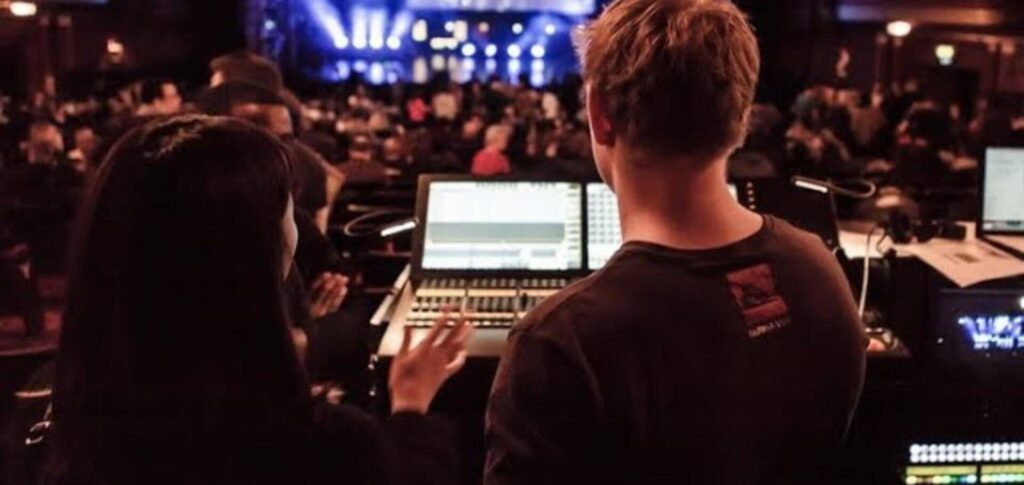
A Path Forward
In harnessing Web3 technology for advancing God’s kingdom, we are embarking on new wineskin work.22 To prepare for this exciting endeavour, our first and most crucial step is to seek divine guidance through prayer and remain open to the leading of the Holy Spirit. In this process, we must maintain a posture of flexibility, adaptability, and humility, recognizing that God is unfolding a new work among his people through these cutting-edge technologies. Just as a new wineskin is needed for new wine, we are called to embrace change and innovation as we work together to spread the gospel and fulfil our mission in the digital age.
A model for a path forward is a 3-pronged approach to educate, equip, and empower, all undergirded with unity of the body through collaboration.
Educate: Let’s start with learning and understanding the basics of Web3. This report and the resources listed at the end are meant to be a starting point. Next, we must start conversations about this with our teams. Collaborative efforts across church organizations to hold seminars and workshops are a good way for the ekklesia23 to come together. Early-stage resources are found in groups like Christians in Web3,24 FaithTech,25 and Indigitous,26 who are already making strides in this direction and are invaluable resources. Whether we choose to engage with them or not, Web3 and the principles of decentralization are becoming an important part of our daily lives. It is time for the church to prayerfully consider how to use them for human flourishing and the greater glory of God.
Equip: To equip the church to be leaders in using Web3 technologies for the Great Commission requires God’s shepherds to use and experiment with it. Life Church experimented by planting a church in the metaverse and learned that many traditional church-planting principles applied virtually too. However, the need for local church engagement is vital for the spiritual health of the new disciple.27As his body and bride, it is essential that we collaborate in these equipping experiments for faster learning and effective deployment in whatever areas our Lord calls us to. This is evidenced by the way the COVID-19 pandemic drove the need for ‘church tech’ as an industry on its own.28 In this, we should help church leaders discover how to collaborate more effectively with technologists and industry professionals within and outside their own congregations, giving them concrete resources on how Web3 technology and digital missions can aid in fulfilling the Great Commission.29
Empower: As leaders, remember C.S. Lewis’ wisdom: ‘You are never too old to set another goal or to dream a new dream.’ We can embrace the new wineskin of Web3 by empowering ourselves as leaders and leading our congregation into this new space with the focus of ‘empowering through collaboration’. One example is a church that hosted a ‘The Faith & AI: Friends or Foes?’ event, which embodies the collaborative sharing and empowering of the body of Christ.30 The purpose of the event was to empower collaboration across different churches, sharing knowledge and experiences to empower audiences and help transform their minds to pursue God’s good and perfect will.31 By breaking free from fear and doubt and leaning on the collective strength and talent in the body of Christ, we will effectively navigate and utilize Web3 technologies to advance the gospel.
Conclusion
The era of Web3 and decentralization is ushering in a technological revolution with unparalleled potential. Quoting Ryan Collins, ‘The future of technology is uncertain, but one thing is for sure: it will continue to change the world in ways that we can’t even imagine.’32 As stewards of this transformative power, the question before us is whether we will wield it for good or ill. Will we harness it to build a better world or allow it to be a tool of destruction? The choice lies with us.
This technological wave presents an extraordinary opportunity for the church to fulfil its divine mission, as laid out in the Great Commission. Thoughtful and theologically informed stewardship of Web3 technologies can amplify the dissemination of the gospel, transcending borders, cultures, and languages. The decentralized nature of Web3 aligns with the biblical notion that we are many parts but one body, each with unique gifts and roles. Just as the Holy Spirit empowered disciples to go forth and spread the message of salvation,33 Web3 can empower the church to reach even greater heights.
However, seizing this opportunity requires a dual approach. First, the church must equip its missionaries to understand and navigate the digital sphere. Just as the apostles ventured into new territories to share the gospel, today’s missionaries must navigate the digital mission field. Secondly, the broader body of Christ must be educated about the potential risks and challenges inherent in Web3. As the church, we are called to unity with many parts serving different functions, whether in physical ministries, virtual mission fields, or digital marketplaces.34
Crucially, the true transformation brought by Web3 will begin with the renewal of minds, both individually and collectively.35 This renewal involves embracing the decentralized ethos, empowering believers to become shepherds in their own right. The potential of Web3 for the Great Commission can only be fully realized when the church embraces this transformation, equips its members for the digital age, and collectively acts as the body of Christ, fulfilling his mission with unity and purpose.
Acknowledgements
We would like to thank the following for their contribution to this report: John Knox, Celine Wee, John Kim, Cynthia Smith, Nick Kim, Jessica Chin, Ronald Wong, Patrick Bezalel Lee, Lily Chia, Stephen McCaskell, and Luke Richey.
Resources
Books
- Ryan Collins. The God of Tech: Modern technology, its Divine origin, and the next great movement of God through Spirit-led innovation (self-published, 2023).
- Andy Crouch. The Tech-Wise Family: Everyday Steps for Putting Technology in Its Proper Place (Ada, MI: Baker Books, 2017).
- John Dyer. From the Garden to the City: The Redeeming and Corrupting Power of Technology (Grand Rapids, MI: Kregel Publications, 2011).
- Alan Noble. Disruptive Witness: Speaking Truth in a Distracted Age (Westmont, IL: IVP, 2018).
- Sandra Maria Van Opstal. The Next Worship: Glorifying God in a Diverse World (Westmont, IL: IVP, 2015).
- Sherry Turkle. Reclaiming Conversation: The Power of Talk in a Digital Age (London: Penguin Books, 2016).
- ‘The FaithTech Playbook: Practicing Redemptive Technology.’ FaithTech. https://faithtech.com/wp-content/uploads/The-FaithTech-Playbook.pdf.
Podcasts
- The FaithTech Podcast by FaithTech
- AllThingsNew.Tech Podcast by TheologyTech
- The Bible for Normal People by Pete Enns and Jared Byas
- The Bible Project Podcast by Tim Mackie and Jon Collins
Endnotes
- Acts 1:8
- Rom 12:4–5 presents the church of Christ as one body consisting of many parts.
- Arjun Kharpal. ‘What is “Web3”? Here’s the vision for the future of the internet from the man who coined the phrase.’ CNBC. 19 April 2022. https://www.cnbc.com/2022/04/20/what-is-web3-gavin-wood-who-invented-the-word-gives-his-vision.html.
- Paul Vigna and Michael J. Casey. The Age of Cryptocurrency: How Bitcoin and Digital Money Are Challenging the Global Economic Order (London: Picador, 2015).
- Daren Matsuoka, Eddy Lazzarin, Robert Hackett,Stephanie Zinn. ‘State of Crypto 2023.’ a16z crypto. 11 April 2023. https://api.a16zcrypto.com/wp-content/uploads/2023/04/State-of-Crypto.pdf
- Daniel Drescher. Blockchain Basics: A Non-Technical Introduction in 25 Steps (New York, NY: Apress, 2017).a16z crypto. 11 April 2023. https://api.a16zcrypto.com/wp-content/uploads/2023/04/State-of-Crypto.pdf.
- Notable headlines related to this include the Terra Luna crash, the collapse of FTX together with the failure of Silicon Valley Bank, Signature, and Silvergate Bank.
- Skip Level, “An Intro on Web3 for Product Managers,”2022
- Satoshi Nakamoto, ‘Bitcoin: A Peer-to-Peer Electronic Cash System.’ 2008. https://bitcoin.org/bitcoin.pdf. Adrian Ma. ‘What is Web3 and How Could It Change the Internet?’ World Economic Forum. 2 Mar 2023.
- William Mougayar. The Business Blockchain: Promise, Practice, and Application of the Next Internet Technology (Toronto: Wiley, 2016).
- Adrian Ma. ‘What is Web3 and How Could It Change the Internet?’ World Economic Forum. 2 Mar 2023.https://www.weforum.org/agenda/2023/03/whatis-web3-and-how-could-it-change-the-internet
- #Web3for2030: How can Web3 help achieve the Sustainable Development Goals.’ UNDP. 22 Nov 2022.https://www.undp.org/publications/web3for2030-how-can-web3-help-achieve-sustainable-development-goals.
- Anutosh Banerjee, Robert Byrne, Ian De Bode, and Matt Higginson. ‘Web3 Beyond the Hype.’ McKinsey & Company. 26 Sept 2022.https://www.mckinsey.com/industries/financial-services/our-insights/web3-beyond-the-hype.
- Daren Matsuoka, Eddy Lazzarin, Robert Hackett, Stephanie Zinn. ‘State of Crypto 2023.’ a16z crypto.11 April 2023. https://api.a16zcrypto.com/wp-content/uploads/2023/04/State-of-Crypto.pdf.
- Cryptocurrency is a digital currency that uses cryptography to improve security. It is decentralized, meaning it is not subject to intermediary (government or financial institution) control. Currency transfers are done via a blockchain (a distributed immutable ledger of records hosted on Web3 servers).
- Platforms that enable this include but are not limited to Engiven, Overflow, The Giving Block, Endaoment, Classy, Crypto for Charity, and PledgeGive.
- Through the innovative use of AI and Augmented Reality (AR), a game in development called the ‘WarTribe of Binyamin’ proposes to achieve this goal by harnessing the power of a global online community via augmented reality. The creators of this game aim for it to be a channel of employment for remote people groups via tokenization of activities similar to a play-to-earn revenue model. For more information, visit https://wartribe.gravityjack.com/.
- Patrick Bezalel Art. ‘Land of Promise.’ YouTube. 4 April 2022. https://www.youtube.com/watch?v=4F3unKa9dxI.
- ‘Compassion International launches revolutionary NFT collection, created completely in VR.’ Compassion International. 20 July 2022. https://www.compassion.com/news-releases/compassion-international-launches-revolutionary-nft-collection-created-completely-in-vr.htm.
- @0xBacktrace, @0xSpade_wav, and @0xxxxxin, ‘Web3 Mass Adoption: The Importance of Education.’ Treehouse. 23 May 2023. https://www.treehouse.finance/treehouse-academy/web3-mass-adoption-the-importance-of-education.
- Acts 17:11
- Luke 5:37–39
- Acts 11:26‘
- Uniting Christians in Web3.’ Christians in Web3. https://www.cw3.global/.
- ‘How FaithTech Bridges the Gap.’ FaithTech. https://faithtech.com/.
- ‘Helping You Reach Your World.’ Indigitous. https://indigitous.org/.
- ‘10 Great Insights from 10 Weeks of Church in the Metaverse.’Open Network. https://openblog.life.church/10-insight-from-10-weeks-of-church-in-the-metaverse/.
- Will Robbins. ‘Jesus, SaaS and digital tithing Part 1: Welcome to church tech.’ TechCrunch. 30 July 2020.
- Col 3:23
- ‘Faith and AI: Friends or Foes.’ Wesley Methodist Church. 9 September 2023. https://wesleymc.org/events-courses/events/digital-wesley-faith-ai-friends-or-foes.
- Rom 12:2
- Ryan C. Collins. The God of Tech: Modern technology, its Divine origin, and activating the next great movement of God through Spirit-led innovation (self-published, 2023).
- Acts 1 & 2
- Gal 6:9–10
- Rom 12:2
- Source: ‘Evolution of the Web.’ Fabric Venture. 31 December 2019. https://medium.com/fabric-ventures/what-is-web-3-0-why-it-matters-934eb07f3d2b.
